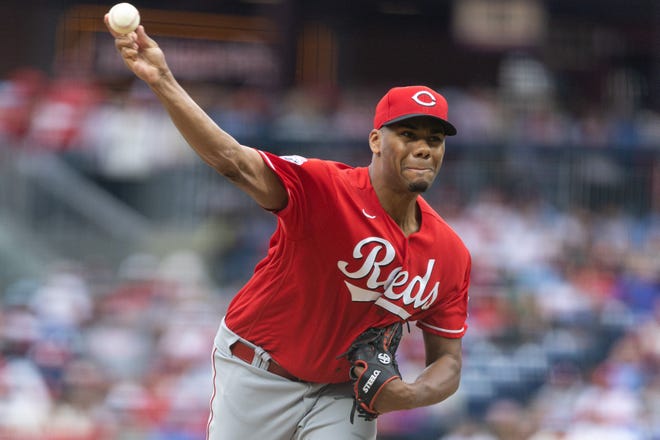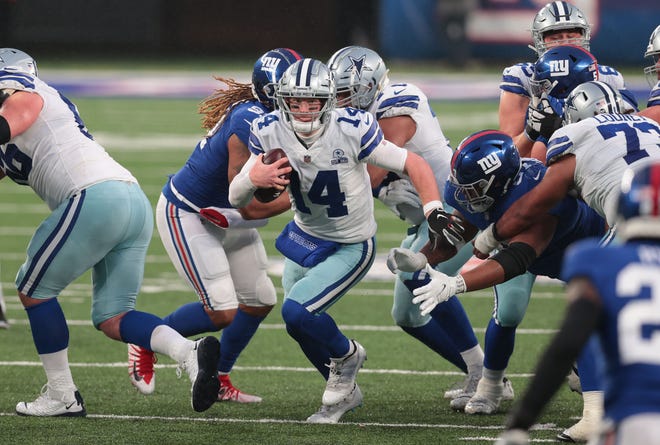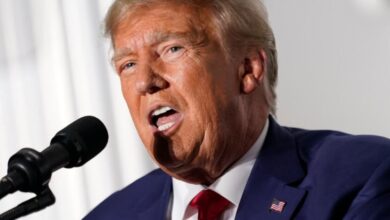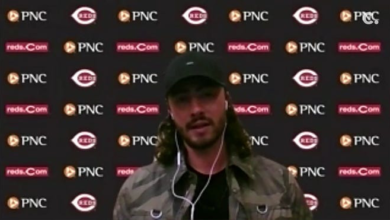

We now have tangible evidence the Cincinnati Reds are serious about sticking to The Plan.
The Hunter Greene contract extension this week signaled the Reds’ are wholly committed to building around home-grown pitching – something the franchise has often given lip-service to over decades.
Good, homegrown pitching historically has been the No. 1 key for successful small-market franchises. The Tampa Bay Rays of today and the Minnesota Twins and Oakland Athletics of the early 2000s all built success on drafting and developing pitchers.
The Reds just invested in one of the most heralded pitching prospects in club history.
General manager Nick Krall and the front office were aggressive and proactive in striking the six-year, $53 million deal with the 23-year-old rising star. The Reds didn’t wait until Greene pitched himself into a higher tax bracket.
Both sides gave a little. The Reds took a risk on a guy who's yet to fully prove himself. They'll get him for at least an extra season through 2028, when the Reds project they'll contend again. For his part, Greene gets a guaranteed deal at a stage in his career when many players roll the dice and wait to sign contract extensions.
Gotta like the message the deal sends to young starters Nick Lodolo and Graham Ashcraft and other talented pitchers in the organization: They are valued here.
The Reds can splurge a bit on pitching because it’s at a premium. They can no longer make dumb contract decisions on veteran position players and free agents. (See: Mike Moustakas’s four-year, $64 million contract in 2019) I believe they’ve moved past making such boneheaded mistakes.
It’s a moderate-risk, potential high reward move. It is, you ask? What if Greene’s a bust?
Well, at least the Reds wouldn’t be hamstrung with an astronomical, deadweight contract for long. Remember, the Reds still owed $22 million to Moustakas when the club released the washed-up veteran early this year. Cincinnati is paying veteran first baseman Joey Votto $25 million this year. He remains sidelined indefinitely after having shoulder surgery last season.
The Greene contract doesn’t get relatively expensive until 2027 and 2028, the final two years of the deal. Greene is guaranteed to make $15 million in 2027 and $16 million the following season.
This column may appear to contradict what I wrote last week about the Reds needing to follow the Tampa Bay Rays’ blueprint for small-market success. The Rays don’t typically pay players eight-figure annual salaries.
But the Rays also don’t have the money-making potential that the Reds do. Tampa Bay has a bad stadium situation and has never had a strong fanbase. The Reds, baseball’s oldest franchise, have a strong fanbase that will return if they start winning again. Investing in Greene is an investment in winning again.
The Reds expect today’s top prospects to be established big leaguers on a contending club by 2027 and 2028. Greene and other rising prospects will be in their late 20s then, the prime of their careers. Contending teams typically generate more money, and the Reds should be able to afford Greene’s contract in the latter years of the deal if all goes according to plan.
And if they’re not winning and Greene’s still productive, the Reds could probably trade him to a contender. It wouldn’t be a lot of money for a big-market contender to take on Greene’s contract in 2027 or 2028.
There's a lot of projecting going on with the Greene contract. Get used it to it. Everything's about the future with the Reds.
Contact columnist Jason Williams by email at [email protected] and on Twitter @jwilliamscincy.









